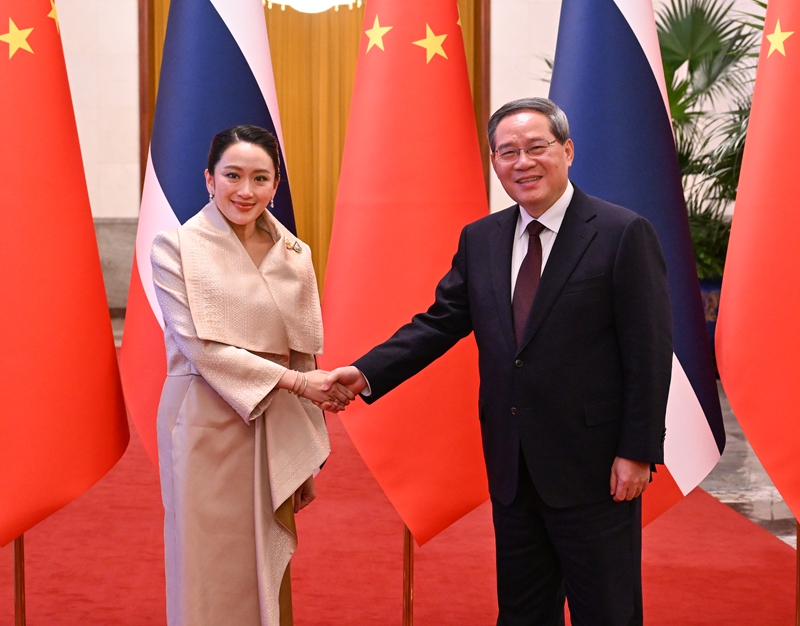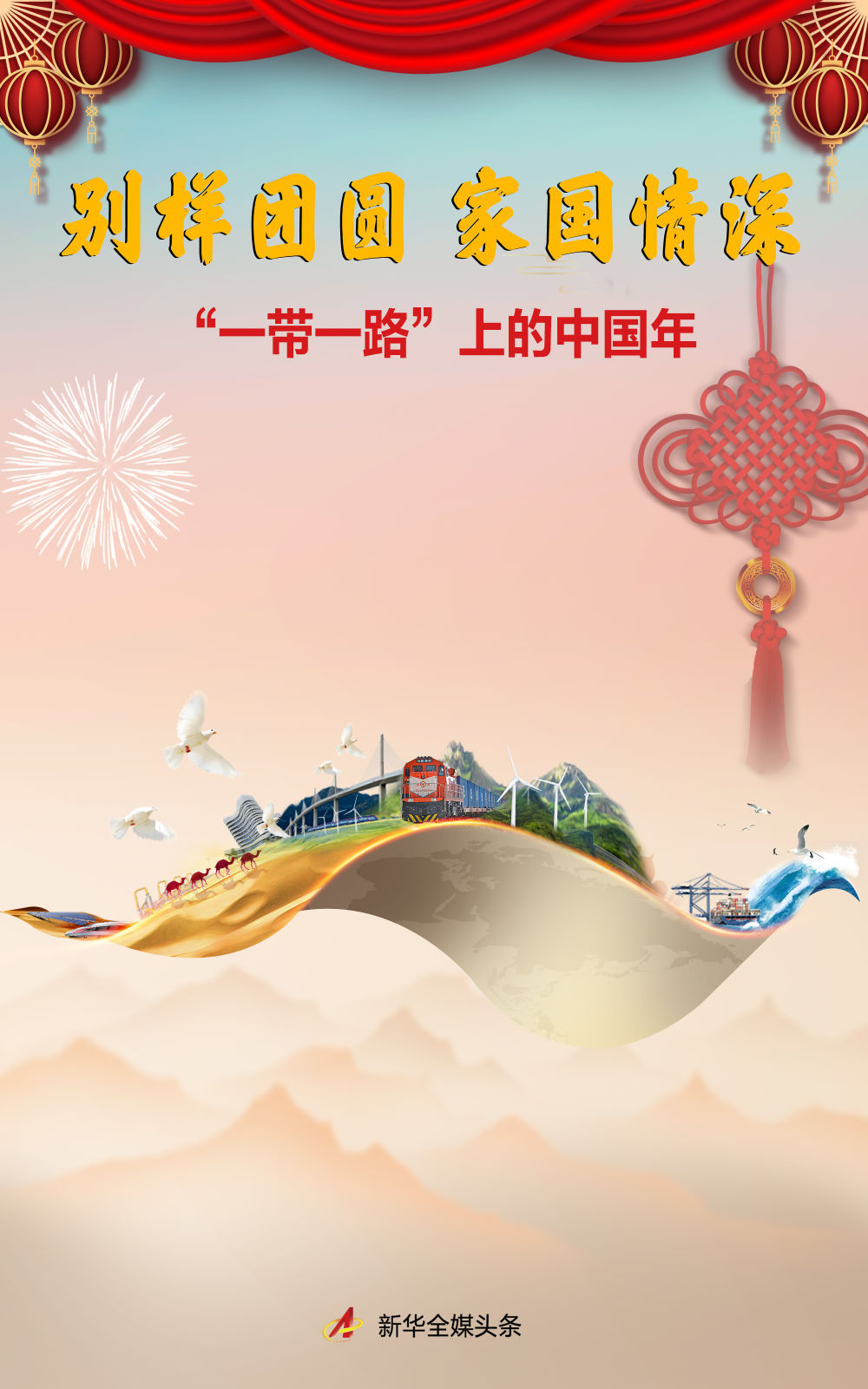Silk Road: Splendor And Prosperity Through Thousands Of Years
Silk Road: Splendor And Prosperity Through Thousands Of Years
1. The origin and historical background of the Silk Road
1. The origin and historical background of the Silk Road
Mentioning the "Silk Road", an ancient picture immediately comes to many people's minds: the sound of caravan bells, bustling markets, and exotic goods intertwined. This ancient trade route across the Eurasian continent is not only a bridge for cultural exchanges between the East and the West, but also a glorious chapter in human history.
Origin: a period of great exploration and exchange
The origins of the Silk Road can be traced back to the period of Emperor Wu of the Han Dynasty in the 2nd century BC. In order to strengthen ties with countries in the Western Regions, Emperor Wu of the Han Dynasty sent Zhang Qian as an envoy to the Western Regions, opening up this trade highway connecting the East and the West. Zhang Qian's mission was not only a diplomatic operation, but also a great journey of exploration. He traveled through the Gobi desert and encountered various strange cultures and civilizations, which opened a window for China to Central Asia, West Asia and even Europe.
Early routes: from Chang'an to the Mediterranean
Initially, the Silk Road was mainly a land route, starting from Chang'an (today's Xi'an), passing through Gansu and Xinjiang, crossing the Tianshan Mountains, the Pamir Plateau, crossing deserts and mountains, and finally reaching countries along the Mediterranean Sea. Along the way, merchants carried silk, porcelain, tea, spices and other precious goods through different countries and cultures, forming a huge trade network.
The fusion of cultures: the “soft power” of the Silk Road
The Silk Road was not only the flow of goods, but also a platform for the exchange of culture, religion, and science and technology. Buddhism was introduced to China from India, spread through Central Asia, and finally spread widely in China, North Korea, Japan and other places, with far-reaching influence. Islam, Christianity, Zoroastrianism and other religions also merged and merged in areas along the route, forming a rich and colorful religious culture.
Historical changes: rise and fall
Over time, the Silk Road's prosperity experienced ups and downs. The Tang Dynasty was its heyday, when Chang'an became an international metropolis in the world, with business travelers gathering and cultural exchanges flourishing unprecedentedly. However, with the rise of the Mongol Empire and the rise of maritime trade routes, the overland Silk Road gradually declined. In the late Middle Ages, wars were frequent and roads were difficult to navigate, so trade gradually turned to the sea.
2. The prosperity and changes of the Overland Silk Road
The Golden Age: The Golden Age of the Tang Dynasty
The Tang Dynasty (618-907) was the golden age of the Silk Road. Chang'an is not only the political center of China, but also the intersection of Eastern and Western cultures. Persians, Arabs, Turks from Central Asia, and even Arab merchants from far away, all trade and communicate here. The open policy of the Tang Dynasty allowed different cultures and religions to blend here, forming a diverse and inclusive international city.

Change: from prosperity to decline
Entering the Song, Yuan, Ming and Qing dynasties, the Overland Silk Road gradually lost its former glory. There are many reasons, including war, geographical obstacles, the rise of sea routes, etc. Especially after the 16th century, European countries began to conduct ocean trade through sea routes, and the status of the Silk Road was gradually replaced.
Cultural heritage: memories spanning thousands of years
Despite this, the cultural heritage of the Silk Road remains rich. The Mogao Grottoes in Dunhuang, the Jiaohe Ancient City in Turpan, the ancient city of Kashgar, and the Persian architecture in Isfahan...these are all treasures of the Silk Road civilization. They have witnessed the blending and collision of different ethnic groups, religions and cultures here.
3. The rise and development of the Maritime Silk Road
Origins: The Great Exploration of Navigation
With the continuous advancement of navigation technology, the Maritime Silk Road has gradually become an important channel connecting the East and the West. As early as the Tang and Song Dynasties, China began to trade with South Asia and Southeast Asia through sea routes. During the Ming Dynasty, Zheng He made seven voyages to the West, pushing the Maritime Silk Road to its peak.

Zheng He's Magnificent Voyage
Zheng He's seven voyages opened direct exchanges between China and overseas countries. The mighty fleet carried porcelain, silk, spices, and gems to the Indian Ocean, the Arabian Peninsula, and the east coast of Africa. Zheng He's voyage was not only a commercial operation, but also a cultural envoy's mission, which promoted understanding and cooperation between China and foreign countries.
Modern “Maritime Silk Road”
Entering the 21st century, with the proposal of the “One Belt, One Road” initiative, the Maritime Silk Road has once again taken on new life. China invests in infrastructure construction and promotes the interconnection of ports, railways, and routes, with the goal of creating a modern version of the "Maritime Silk Road." This not only promotes the economic development of countries along the route, but also becomes a model for global cooperation.
4. Culture and influence of the Silk Road
fusion of cultures
The Silk Road was a stage where diverse cultures met. Art, architecture, religion, and technology merge and innovate here. Dunhuang murals combine Chinese and Western elements, Islamic architecture shows the artistic charm of the East, and Persian miniature paintings and Indian sculptures have all left a profound mark here.
diffusion of technology
The four great inventions - papermaking, printing, gunpowder, and the compass - all spread to Europe through the Silk Road, greatly promoting the development of world science and technology and culture. For example, the introduction of gunpowder changed the pattern of warfare; the introduction of the compass made ocean navigation possible.
economic prosperity
The Silk Road brought abundant commodities and promoted the economic prosperity of countries along the route. Silk, porcelain, tea, spices, gems, gold and silver... These commodities not only meet people's needs, but also become an important symbol of national wealth.
5. Modern significance and future prospects
One Belt, One Road: The Silk Road in the New Era
The "Silk Road Spirit" is of great significance in contemporary times. The “Belt and Road” initiative proposed by China aims to promote infrastructure construction, trade cooperation and cultural exchanges in countries along the route. It symbolizes the spirit of cooperation, win-win and openness, and provides new ideas for global governance.

Driven by technology and innovation
In the future, technology will become a new engine to promote the Silk Road spirit. High-speed railways, digital economy, and green energy will make regional cooperation closer. The application of new technologies such as drones, blockchain, and artificial intelligence will bring unprecedented opportunities along the Silk Road.
common future
The Silk Road is not only a memory of history, but also a hope for the future. It reminds us that cooperation and communication can overcome barriers and prejudices and jointly create a peaceful and prosperous world.





